EDITOR IN BOOK PUBLISHING
TUESDAYS & THURSDAYS
5 PM AEDT
ON BOOK EDITING
27 JAN 2026 - 19 MAR 2026
DURATION:
8 WEEKS
TUESDAYS & THURSDAYS
5 PM AEDT
Behind every bestseller is an editor who knew what to cut, what to keep, and what to fight for. Learn how to be that person.
Niki Foreman, Senior Editor at Penguin Random House Australia, will teach you the craft, diplomacy, and strategy that turn good writing into great publishing.
THIS COURSE IS FOR YOU, IF...
-
YOU ARE BREAKING INTO PUBLISHING
You’ve got the love for books, but the industry feels like a locked room with too many doors. We’ll hand you the keys: from understanding the publishing pipeline to speaking the language of editors, agents, and authors. You’ll build your first editorial portfolio, learn the difference between structural and copy editing, and leave with a clear map of where you fit in the industry and how to get there.
-
YOU ARE A WRITER OR ASSISTANT READY TO LEVEL UP
You’ve seen the publishing process from the sidelines, now it’s time to take the editor’s chair. This book editor course helps you sharpen your editorial instincts, manage multiple projects with confidence, and communicate feedback with tact and clarity. You’ll get hands-on with real manuscripts, learn to set rates, navigate contracts, and build your professional brand to turn experience into authority.
-
YOU ARE AN EDITOR LOOKING TO STAY AHEAD
You already know your way around a red pen, now it’s about future-proofing your skills. We’ll update your editorial toolkit with accessible-design workflows, audiobook and EPUB editing, metadata management, and the latest digital copyediting tools. You’ll refine your collaboration and leadership skills, keeping you sharp, adaptable, and ready for your next big role.
Our students work in 1600+ companies worldwide
We take you through the full editor’s process: from the first read to the final proof. Every demo, workshop, and assignment sharpens your editorial instincts for the real world. You’ll evaluate manuscripts, edit across levels, and learn how books go from page to package.
Through real case studies and practical sessions, you’ll see how publishing works: the hits, the misses, and the lessons from both. You’ll analyze early Harry Potter drafts, dissect BookTok trends, debate real contract cases, and practice tactful author communication.
Wrap up with a professional editorial plan for a potential book, your own or one from the provided list. You’ll research the market, evaluate the manuscript, and map out your edit. By the end, you’ll have a portfolio piece that proves you can take a story from idea to shelf.
NIKI FOREMAN
LINKEDIN PROFILE- Senior Editor at Penguin Random House Australia
- Began her publishing journey in Academic Journals at Hodder Arnold (London) before moving into non-fiction at DK and Penguin Books, where she rose to Senior Editor, leading creative teams and producing award-winning titles
- Built an international freelance career across Australia, the UK, and the US, collaborating with major publishers such as Penguin, DK, Walker Books, Hardie Grant, and HarperCollins on both children’s and adult projects in fiction and non-fiction
- Spent six years at Penguin Random House Australia as Senior Editor, shaping books that have inspired a generation of young readers
- Now works in inclusive publishing advocacy, guiding publishers and authors toward more accessible and representative content that mirrors Australia’s diverse readership
- Regularly presents for the Australian Society of Authors on inclusive publishing, being a published author herself — her debut picture book The Umbrella, celebrating neurodiversity, will be released by Penguin Random House in March 2026

Begin your journey with a warm welcome and orientation to the course. Meet your instructor and get a clear view of what to expect, including key assignments and learning outcomes.
- Instructor introduction
- General housekeeping
- Assignment overview
Step into the world of publishing and discover where editors sit at the heart of this creative ecosystem. You’ll explore major players, different publishing models, and the roles editors play in shaping content from acquisition to final product. A practical demo will show you how visuals and presentation influence editorial decisions.
- The publishing landscape
- Editorial roles
- Where editors fit in the pipeline
- Book formats
- Publishing models
- Demo: Understanding visuals
Great editing begins with knowing your reader. Learn how audience awareness shapes tone, vocabulary, and market positioning. Explore cultural and regional nuances to tailor content for maximum engagement.
- Audience awareness in editing
- Children’s publishing: Age-banded categories
- Adult publishing: Genre-based categorisation
- Local vs international audiences
- Case study: Comparing book blurbs
Assignment #1: Market Research Brief
Research a target market, develop a short audience profile, and draft a sample book blurb with keywords, putting theory into practical context.
Master the distinction between structural and developmental editing. Learn to evaluate manuscripts at a macro level and communicate feedback diplomatically, helping authors improve without losing their voice.
- Terminology
- Structural editing
- Developmental editing
- Writing structural reports
- Key deliverables
- Case Study: Early drafts of Harry Potter and the Philosopher’s Stone
Sharpen your editorial instincts by assessing manuscripts critically, balancing objectivity with empathy, and writing fair, actionable editorial assessments.
- Where to start: Assessing a manuscript
- Criteria for evaluation
- Editing with cultural sensitivity
- Writing balanced editorial assessments
- Workshop: Review excerpts of sample manuscripts, select the one you think is most promising, then discuss why
Assignment #2: Manuscript Evaluation Report
You will create a 1–2 page editorial assessment of a sample manuscript, highlighting its strengths, weaknesses, and market potential.
Explore how to adapt your editorial approach to an author’s voice, personality, and accessibility needs. Learn when to intervene and how to maintain productive, respectful author relationships.
- How much to edit?
- Adapting editorial approach to author
- The role of diplomacy
- Accessibility considerations
- Workshop: Edit the same passage in two ways then compare how this changes tone and author relationship
Refine prose for clarity, rhythm, and readability while preserving the author’s voice. Gain hands-on experience applying professional style guides and digital tools.
- Preserving the author’s voice and style
- Applying house style guides consistently
- Strengthening prose
- Audience awareness
- Working in Track Changes
- Traditional vs modern practices
- Demo: Line editing a manuscript excerpt
Assignment #3: Sample Developmental Edit
Provide constructive edits on a manuscript excerpt, demonstrating the balance between light guidance and heavier intervention.
Understand the collaboration between editorial and production teams. Explore cover design essentials, printing processes, and aligning visuals with editorial goals.
- Key production dates
- Essentials of cover design
- Cover finishes & production options
- Printing basics
- Demo: Creating a brief for a cover designer
Assignment #4: Line Edit Sample
Edit a passage for clarity, conciseness, and consistency, submitting both a clean version and a tracked version to showcase your approach.
Develop precision and consistency with applied copyediting. Compare style conventions across regions and explore when to rely on digital tools versus human judgement.
- The 4 Cs
- Grammar pitfalls & avoiding over-editing
- Regional differences
- Using digital tools responsibly
- Demo: Applying tools to real text
Polish your editorial skills at the final stage. Learn to proofread meticulously, fact-check reliably, and collaborate effectively with sensitivity readers and team members.
- The proofreading stage
- Proofreader marks and symbols
- Fact-checking
- Role of sensitivity readers
- Copyeditors & proofreaders
- Case study: Famous fact-checking failures (Three Cups of Tea)
- Workshop: Roleplay scenario — editor, sensitivity reader, and author negotiation
Assignment #5: Editorial Style Sheet
Create a concise style sheet capturing spelling, grammar, and key terminology choices to guide consistent editing.
Compare workflows for accessible digital publishing and traditional production. Learn to prepare reader-friendly ebooks and audiobooks while applying inclusive editorial practices.
- Accessible-design workflows
- Traditional-design workflows
- Accessibility in digital publishing
- Editorial software
- Case study: Comparing editorial tools and workflows
Gain essential knowledge of copyright, licensing, and publishing contracts. Navigate business practices ethically, protecting both authors and editors.
- Copyright and rights management
- Licensing, territorial rights, & commissioned works
- Essentials of a book’s imprint page
- Freelance business basics
- Case study: Penguin Random House vs Internet Archive (digital lending)
Explore how editors influence marketing and sales through positioning documents, metadata, and back cover copy. Learn to apply editorial insight to strengthen a book’s discoverability.
- Marketing, publicity, & sales
- ARCs, BLADs, metadata, back cover copy
- Writing positioning documents
- Identifying special sales opportunities
- Workshop: Draft a positioning document for a book
Assignment #6: Positioning & Marketing Outline
Write a concise positioning document for a book, highlighting audience, comps, author platform, and digital or social media angles.
Learn to establish a sustainable freelance editing career. Define services, set rates, manage projects, and build a professional presence.
- Services & rates
- Freelance profile & online presence
- Project management basics
- Case study: Freelancing platforms – Reedsy vs Fiverr
Assignment #7: Service Package Outline
Draft a rate card and service packages to showcase your freelance offerings and expertise.
Develop client management skills and curate a professional portfolio. Learn to handle feedback gracefully and communicate effectively to maintain strong industry relationships.
- Managing author/agent relationships
- Handling conflict with diplomacy
- Creating an editorial portfolio
- Career advice for aspiring editors
- Workshop: Responding to a tricky client email or author feedback
Analyse emerging publishing trends and learn to leverage them editorially. Explore metadata, analytics, and marketing strategies to position books competitively in today’s market.
- Emerging publishing trends
- Influence of libraries, booksellers, & online retailers
- Ethical considerations
- Case study: The rise of Colleen Hoover through TikTok
- Demo: Metadata, keywords, & analytics tools
Final project: Assemble all prior work into one Editorial Plan for a Potential Book.
Reflect on the editor’s place in a fast-evolving, digital-first publishing world. Consider inclusivity, sustainability, and the enduring value of human editors in shaping stories that matter.
- Editing in a globalised, digital-first world
- AI, automation, & the human editor’s value
- Sustainability & inclusivity
- Final Q&A
What our students say

"I really enjoy the format of the course. Lectures with real life examples and an ongoing case study. Also built in 20 minutes at the end of each class for questions is helpful."

"Overall I'm impressed with the level of detail and explanation around particular topics and subjects. There's a real depth to each module which for learning allows the information to stay in your brain."

"The group activities, they allow us to interact and exchange ideas, plus the way it is structured is challenging and mind twisting as we collaborate in different parts of the ideation."
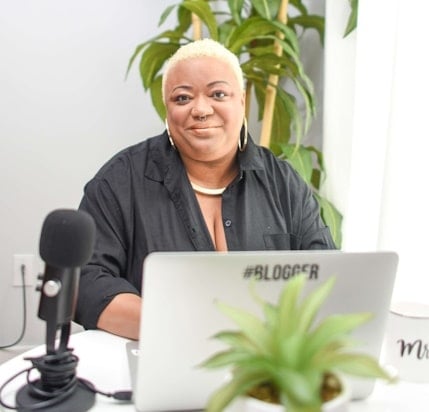
"I enjoyed the structure of the class. I like how we learned about a topic and practiced it in the workshops. It’s helped me to apply what I learned!"



